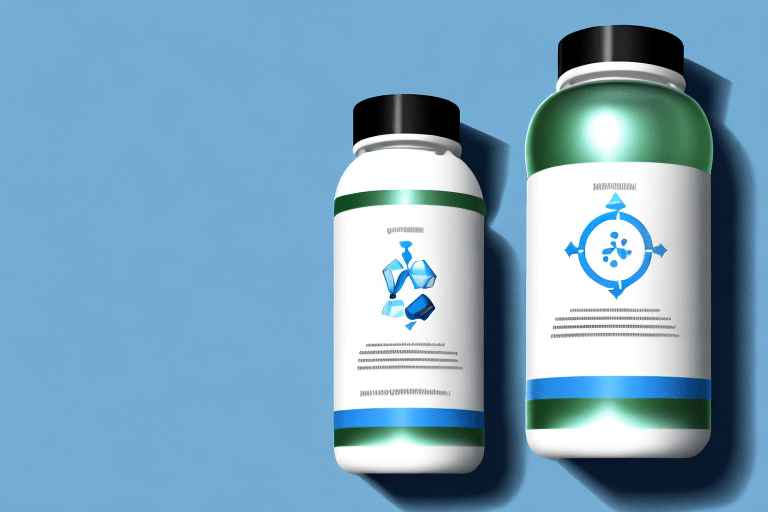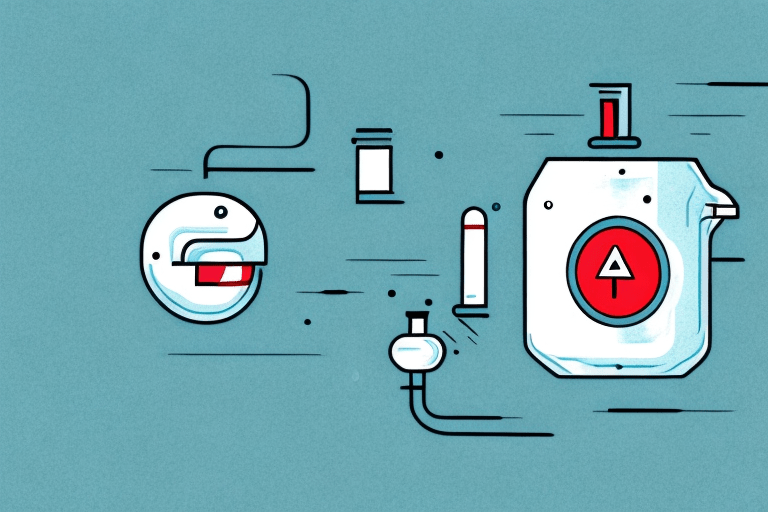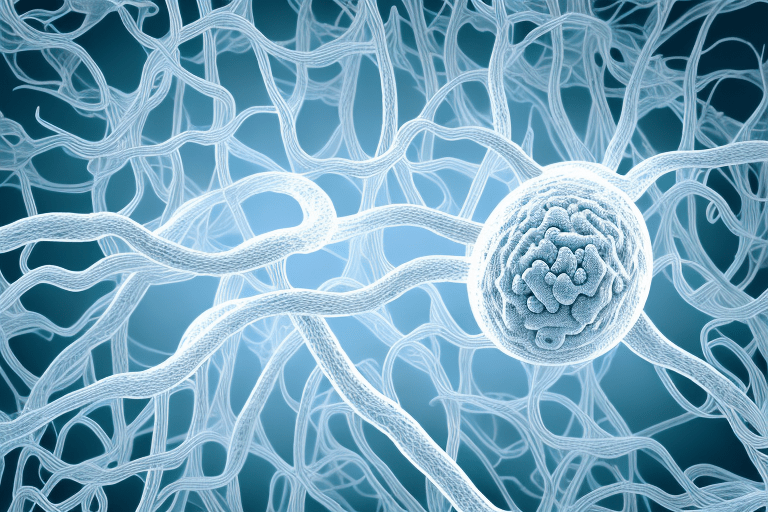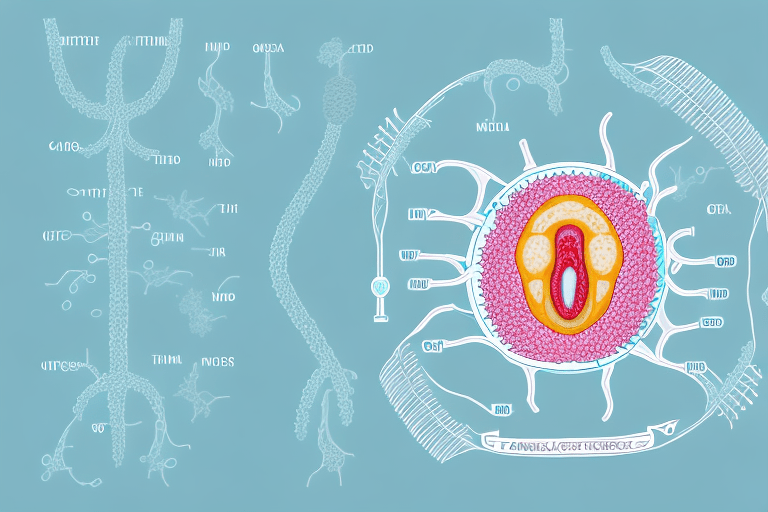The gut microbiome is a complex environment, composed of trillions of microorganisms that play a crucial role in human health. While all of these microbes work together in a complex ecosystem, there are certain species that take on a central role - known as keystone species. In this article, we will explore the importance of keystone species in maintaining a healthy gut environment, the impact they can have on other microbial communities, and how we can modulate these species through dietary interventions for improved health.
Understanding Keystone Species
Keystone species are critical components of ecosystems, serving as a key link between different species and facilitating the overall health and functioning of the ecosystem. These species are often characterized by their ability to interact with a wide range of other organisms within the ecosystem, influencing the metabolism, immune response, and overall function of the ecosystem. As such, their presence can have a significant impact on overall health and disease risk.
Keystone species are important because they help to maintain the balance and stability of ecosystems. Without them, the ecosystem can become unstable and vulnerable to collapse. For example, the loss of a keystone species in a coral reef ecosystem can lead to a decline in the overall health and diversity of the ecosystem, as well as a decrease in the ecosystem's ability to provide important services, such as food and habitat for other organisms.
Keystone Species in the Gut Microbiome
In the gut microbiome, keystone species perform similar functions, acting as hubs for microbial interactions and playing a key role in maintaining the overall health and balance of the gut environment. These species are essential for the proper functioning of the gut ecosystem, helping to break down food, produce important nutrients, and regulate the immune response.
Identifying keystone species within the gut microbiome can be challenging, given the complex and diverse nature of the ecosystem. However, recent advances in sequencing technology have enabled researchers to identify key microbes within the gut environment that play a central role in microbial interactions.
Examples of Keystone Species in the Gut Microbiome
In particular, certain taxa have been identified as keystone species in the gut environment, including Bacteroides fragilis, Faecalibacterium prausnitzii, and Akkermansia muciniphila. These species have been shown to contribute to overall gut health through interactions with other microbes, production of key metabolites, and modulation of the immune response.
Bacteroides fragilis, for example, is a keystone species that helps to maintain the balance of the gut ecosystem by regulating the immune response and producing important metabolites, such as short-chain fatty acids, that are essential for gut health. Faecalibacterium prausnitzii is another keystone species that has been shown to play a critical role in maintaining gut health by producing anti-inflammatory compounds and promoting the growth of other beneficial bacteria in the gut.
Akkermansia muciniphila is a keystone species that is particularly important for gut health, as it helps to maintain the integrity of the gut lining and prevent the development of leaky gut syndrome. This species has also been shown to have anti-inflammatory properties and to promote the production of key metabolites, such as butyrate, that are essential for gut health.
Overall, keystone species play a critical role in maintaining the health and functioning of ecosystems, including the gut microbiome. By understanding the importance of these species and their interactions with other organisms within the ecosystem, researchers can develop strategies to promote and maintain overall ecosystem health.
The Human Gut Microbiome
Composition and Function of the Gut Microbiome
The gut microbiome is an incredibly complex ecosystem that is made up of trillions of microorganisms, including bacteria, viruses, fungi, and protozoa. These tiny creatures play a crucial role in human health, aiding in digestion, producing key metabolites, and maintaining the immune system. In fact, the gut microbiome is so important that it is often referred to as the "forgotten organ" due to its essential functions.
Research has shown that the composition of the gut microbiome can vary significantly from person to person. However, certain taxa are commonly found within the gut environment, including Bacteroidetes, Firmicutes, and Actinobacteria.
Bacteroidetes and Firmicutes are two of the most abundant phyla found in the human gut microbiome. Bacteroidetes are known for their ability to break down complex carbohydrates, while Firmicutes are involved in the production of short-chain fatty acids, which are important for gut health.
Factors Influencing Gut Microbiome Diversity
While diversity within the gut microbiome is generally considered to be a positive indicator of gut health, changes to the gut environment can lead to a decrease in microbial diversity. Several factors can influence the diversity of the gut microbiome, including diet, antibiotic use, and other environmental factors.
Diet is one of the most significant factors that can impact the gut microbiome. A diet that is high in fiber and plant-based foods can promote the growth of beneficial bacteria, while a diet that is high in sugar and processed foods can lead to an overgrowth of harmful bacteria.
The use of antibiotics has also been shown to have negative impacts on the gut microbiome. Antibiotics work by killing off bacteria, but they do not discriminate between harmful and beneficial bacteria. As a result, antibiotic use can lead to a decrease in microbial diversity and an increased risk of microbial imbalance and other health issues.
Other environmental factors can also impact the diversity of the gut microbiome. For example, exposure to toxins and pollutants can lead to an overgrowth of harmful bacteria, while exposure to beneficial bacteria can promote the growth of beneficial bacteria within the gut environment.
In conclusion, the gut microbiome is a fascinating and complex ecosystem that plays a critical role in human health. While the composition of the gut microbiome can vary significantly from person to person, certain taxa are commonly found within the gut environment. Factors such as diet, antibiotic use, and other environmental factors can impact the diversity of the gut microbiome, which can have significant implications for human health.
The Role of Keystone Species in Gut Health
Keystone species play a critical role in maintaining the overall health and balance of the gut microbiome. Their ability to interact with other microbes within the gut environment and produce key metabolites can help to support optimal digestive function and overall gut health.
As such, disturbances to keystone species populations - such as those caused by antibiotic use or poor dietary habits - can have negative impacts on gut health. Maintaining a healthy balance of keystone species within the gut microbiome is crucial in supporting overall health and wellbeing.
The Impact of Keystone Species on Microbial Communities
Maintaining Microbial Balance
Keystone species within the gut microbiome play a critical role in maintaining microbial balance and preventing overgrowth of potentially harmful species.
For example, studies have shown that when Bacteroides fragilis populations are disrupted, other less beneficial microbes can take over, leading to a decrease in immune function and an increased risk of other health issues.
Keystone Species and Disease Prevention
By maintaining microbial balance within the gut environment, keystone species can have a significant impact on disease prevention. Studies have linked disruptions to the gut microbiome - including disruptions to keystone species populations - to an increased risk of a range of health issues, including inflammatory bowel disease, metabolic disorders, and autoimmune conditions.
Modulating Keystone Species for Improved Gut Health
Dietary Interventions
One of the most effective ways to modulate keystone species within the gut environment is through dietary interventions. Certain types of food have been shown to support the growth and activity of keystone species, while others can have negative impacts on their populations.
For example, foods high in fiber - such as fruits, vegetables, and whole grains - have been linked to increased populations of key keystone species such as Faecalibacterium prausnitzii. Probiotic-rich foods such as yogurt and kimchi can also support the growth of keystone species within the gut microbiome.
Probiotics, Prebiotics And Polyphenols
Probiotics and prebiotics can also be effective in modulating keystone species within the gut environment. Probiotics - which are live microorganisms that can confer beneficial health effects - have been shown to support populations of key keystone species such as Bifidobacteria and Lactobacillus within the gut microbiome.
Prebiotics - which are non-digestible fibers that serve as food for beneficial bacteria in the gut environment - can also be effective in supporting the growth of keystone species within the gut microbiome.
Fecal Microbiota Transplantation
In cases where the gut microbiome is severely disrupted - such as in individuals with chronic digestive issues or after prolonged antibiotic use - fecal microbiota transplantation (FMT) may be a viable option.
FMT involves transferring fecal matter from a healthy individual into the gut of the recipient, in an effort to restore microbial balance and support overall gut health. While FMT is not yet widely used or approved for all cases, it shows promise as a potential treatment option for certain gut-related health issues.
Conclusion
The gut microbiome is a complex environment where certain species play a crucial role in maintaining overall health and balance - known as keystone species. These microbes interact with other species, produce key metabolites, and modulate the immune response to support optimal gut function and overall health. Modulating keystone species populations through dietary interventions, probiotics, and other treatments can have significant impacts on gut health and disease risk.








